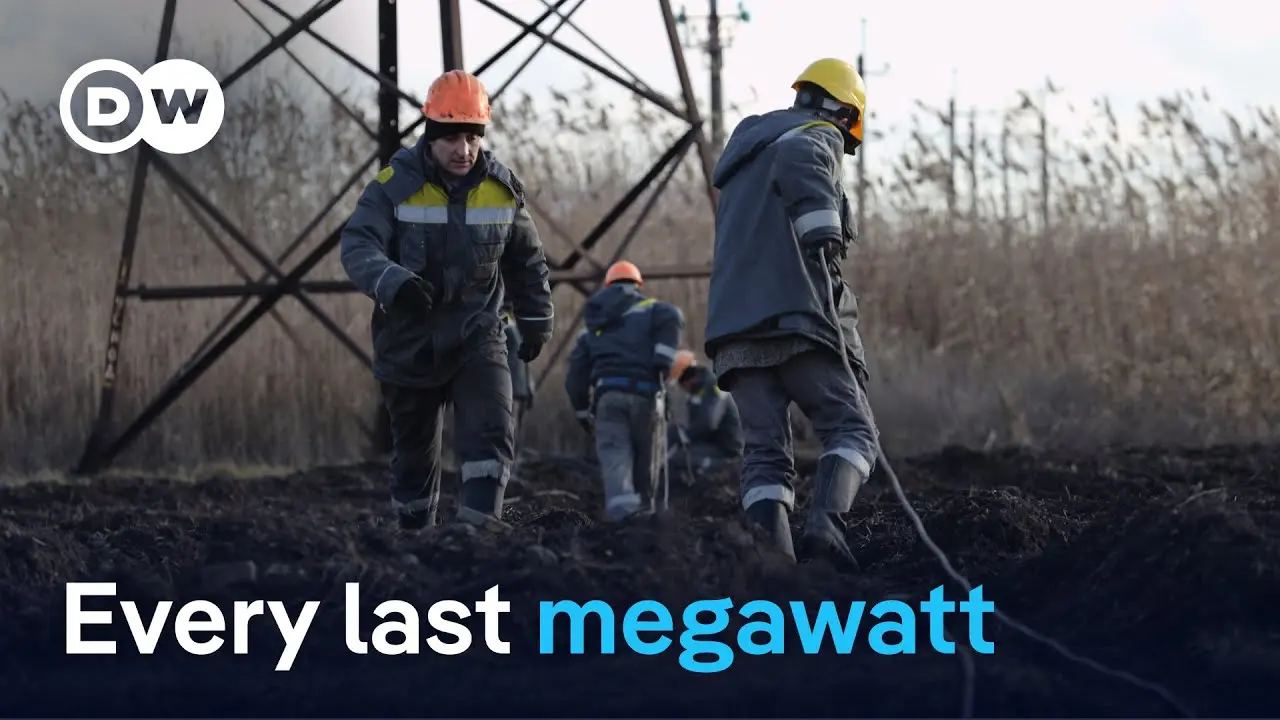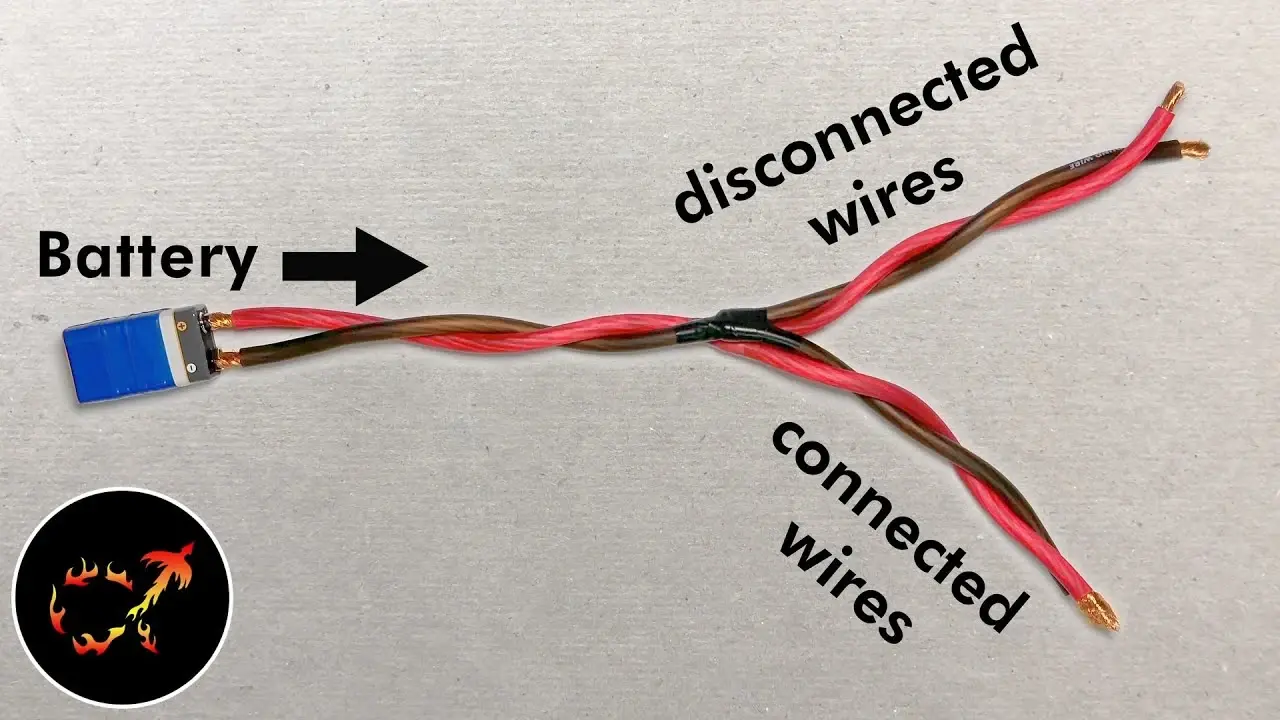

Not really, they’d need to triple their numbers.
Numbers on the far left are misleading as Die Linke is bleeding members to the BSW but the BSW is taking their sweet time handing out membership cards, double-checking every single applicant. Reportedly they have a backlog of at least 8000 applicants or such and at least 20k people generally interested. Wagenknecht is at least 70% tankie so it doesn’t surprise that they’re doing a vanguard thing.





















They’ve definitely done that before, dunno if it was deliberately. They must have somewhat of an idea how long it takes for nocebo to kick in with the local village idiots, if it’s short enough it could actually be a rather good idea to make waiting a bit a general policy. Tank some mild capital and opportunity cost to prevent having to battle in court and the town newspaper? Sounds like a win to me.